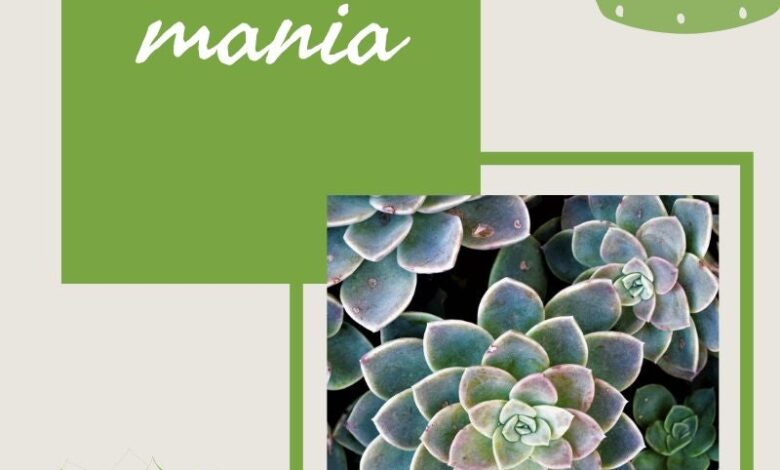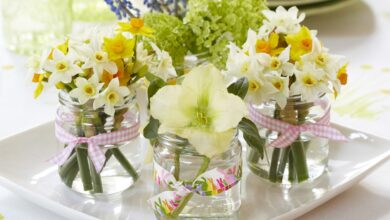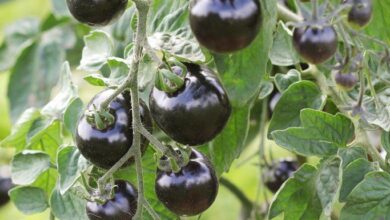
Growing Variegated Mexican Snowball
[ad_1]
It is no secret that I love succulents. Any kind, any size, any shape. I have a bit of trouble growing them in my home because we have low light, but I have solved that with plant bulbs. I have had many varieties through the years, many of which are still with me. One that I still have is also my favorite. It is a variegated Echeveria, a colorful rosette of waxy leaves. There are a great many species in the genus, most of which have the rosette form. My variety also goes by the name Mexican snowball, due to its compact form.
I have a bit of an addiction, but I seek no help for the condition. I’m a houseplant hoarder. Especially plants in the succulent family. They spend most of their days indoors until the summer sun begins to shine, when I move most of them outside for the season. I have many forms of succulent from an Elephant foot, to a jade, and even a snake plant. Some of my favorites are the little ones like Lithops, Senecio, Sedum, and certain Haworthia. One of the families with the most species is Echeveria. Each is a different and unique treasure. My variegated Echeveria is one of my favorites.
My Echeveria’s Story
My plant came from a very humble place, Home Depot. In their houseplant section, they often have interesting specimens. When I spied this little guy I simply could not resist. It was just a baby and became part of a succulent dish. There were several other variegated succulents included in the display. The plant and its fellow denizens were housed in a very colorful yellow, shallow, Mexican planter for years. Over time, I had to move some of the plants to individual containers as they grew. The Mexican snowball persists in that shallow dish and has rewarded me with several offsets or pups, which I have removed and potted up to give away. Unfortunately, the pups did not carry the parent plant’s trait of variegation. They were simply green, but no less adorable.
This Echeveria is a cutie. After about ten years, it is barely bigger than a man’s fist, but it still has the delicate colors that first attracted me. The centers of the leaves that are at the heart of the rosette are green with a silvery cast. As the leaves emerge they are decorated with pink edges and finish off with a bright pink tip. In the Echeveria group there are many variegated succulents. Most of these are not naturally derived but are bred to produce such traits. Just because a Mexican snowball has variegation, it is not a guarantee it will pass that along to its pups, as in my plant’s case.
Propagating Echeveria
However, I did do a little experiment on this favorite of mine. I took a leaf and allowed the end to callus or dry out a bit. Then I inserted it into some mildly damp sand and waited. It took a while, but the leaf finally rooted. Over months it developed a little rosette and I had a duplicate of my original plant. This little guy is still small, but it will eventually grow as big as his mama.
There are over 100 species of Echeveria, each with its own coloring and some bearing unique variegation. I’m guessing mine is Echeveria elegans, but there is no way to be sure because the plant tag didn’t specify the species. E. elegans is a very common and popular houseplant. Outside I have several variegated plants, each of which I love. When the leaves fall or the plant dies back for winter, I always have my indoor Echeveria and its son.
[ad_2]





